Your essential guide to skiing in Japan
Everything you need to know about the Japanese ski season, the slopes to visit and the resorts to stay in.
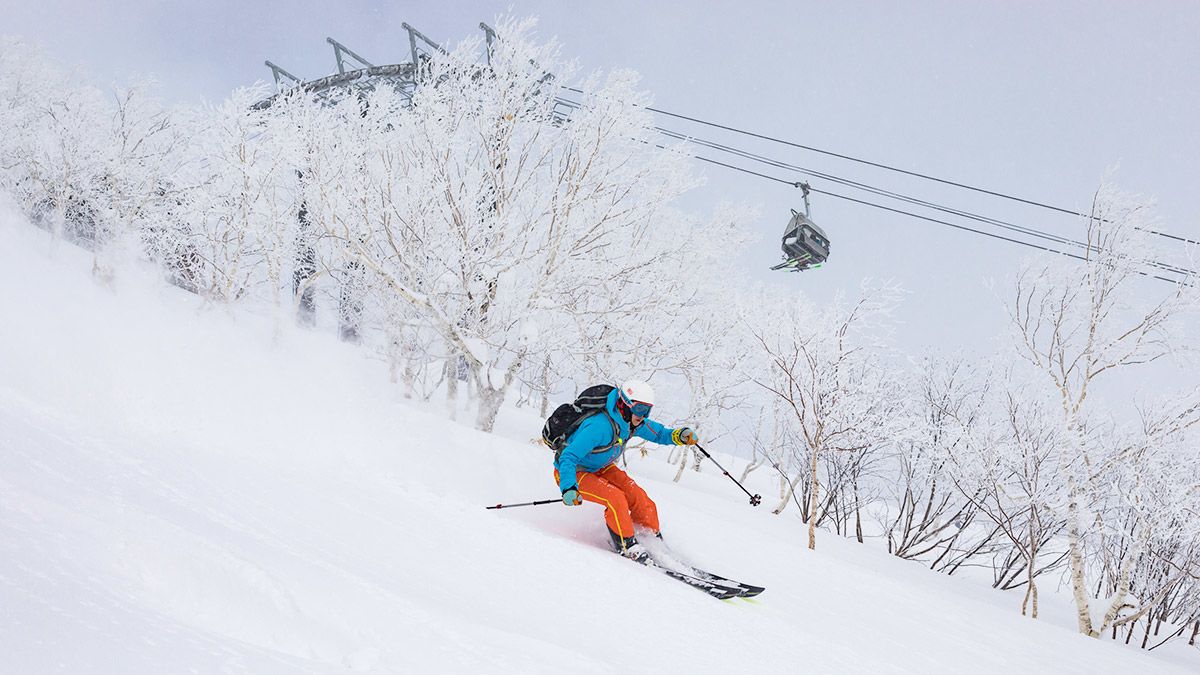
Teach a person to fish and they’ll never be hungry again. Teach a person to ski or snowboard, on the other hand, and they’ll spend the rest of their days dreaming of downhill runs and pristine, powder snow.
And one of the world’s best ski destinations? Japan, of course.
Skiing in Japan is a rite of passage, with rugged scenery, high snowfall, and an abundance of resorts catering for all tastes and budgets.
Add in relaxing hot springs (perfect for après ski) and mouth-watering cuisine, and you have an adventure that ticks every box.
But what’s so good about snow in Japan? It all comes down to location and consistency.
During winter, cold winds from Siberia collect moisture as they travel across the Sea of Japan. When they collide with Japan’s impressive mountain ranges, the moisture is released in the form of fluffy, ski-ready snow.
Rather than a one-off dump, snowfall tends to fall throughout the season, with some areas (such as Aomori) receiving over 700cm a year. And it has been said, many times, that even a ‘bad season’ in Japan is better than some countries at their finest.
With temperature dropping and borders finally open, now is a perfect time to start planning your perfect escape.
Here’s everything you need to know about a skiing holiday in Japan.
The best Japanese ski resorts
Current estimates place the number of ski resorts in Japan at over 500, from your giants with multiple lifts and runs to classic, single-lift slopes.
Australians are familiar with names like Hakuba and Niseko, but there are plenty of other worthwhile destinations too.
From crowd-free runs at Rusutsu in Hokkaido to the vast Zao Onsen in Tohoku, there’s a Japanese ski resort with your name on it – for beginners right through to advanced.
Hokkaido
Japan’s northernmost island of Hokkaido is an icy wonderland offering world-class powder snow, incredible fresh seafood, and a stunning array of hot springs to rest your ski-weary muscles, not to mention the creamiest soft-serve you’ll ever encounter.
The best ski resorts in Hokkaido
Niseko United
Comprised of four independent resorts on the side of Niseko Annupuri – a 1,308-metre-high mountain – this ski mecca includes Niseko Annupuri International Ski Area, Niseko Village Ski Resort, Niseko Grand Hirafu Ski Resort, and Niseko Hanazono Ski Resort.
A combined lift pass – the Niseko United All Mountain Pass – gives access to all the resorts.
Hoshino Resorts Tomamu
Famous for its large hotel and family-friendly facilities, the resort’s inland location creates ideal conditions for dry powder snow. The diverse trails, which are well-balanced for beginners, intermediates and advanced skiers and snowboarders, are served by one gondola and five lifts.
Family friendly features include an Ice Village and the enchanting ‘Terrace of Frost Tree’ lookout, which is accessed by a gondola ride which glides high above the snowy treetops.
Rusutsu Resort
One of the largest single ski resorts in Hokkaido, this resort includes 37 courses and a wealth of snow activities that cater to all levels, from beginners to professionals.The dry powder and views of Mt. Yotei and Lake Toya make it an incredibly popular destination.
How to get to the Hokkaido ski resorts:
- Around 1.5 hours flight from both Haneda and Narita Airport in Tokyo to New Chitose Airport in Sapporo, Hokkaido is serviced by multiple airlines including JAL, Peach, Jetstar and All Nippon Airways.
- For a more scenic option, you can catch the shinkansen bullet train from Tokyo Station to Shin-Hakodate Hokuto Station, and then switch to the Hokuto Limited Express for the remaining 3 hour 10 minute trip to Sapporo. Japan Rail Pass covers both trains.
- From Sapporo, the most common way to access the ski resorts is via bus/coach.
Other things to see in Hokkaido:
Lake Akan and Shiretoko Peninsula
If you need to give your legs a rest (or just fancy a change of pace), you could delve into the culture and traditions of the indigenous Ainu people at Lake Akan, or journey to the Shiretoko Peninsula for a chance to witness free-roaming brown bears, foxes and deer.
Tohoku
Renowned for its wild natural beauty, Japan’s northeastern Tohoku region is made up of six prefectures, including Akita, Iwate and Yamagata, each bound by centuries of heritage and tradition. The charming Ginzan Onsen town is like a time warp to the early 20th century.
It’s home to some of Japan’s most popular ski resorts, as well as its very own ‘snow monsters’ – trees clad in built-up snow and ice. And, if you’re after a slower pace away from the slopes, there are plenty of fun winter experiences to keep you occupied too.
The best ski resorts in Tohoku
Appi Kogen
The largest-scale ski resort in Tohoku, this tourist hub boasts high-quality powder snow, rivalling that of Hokkaido, which is carefully compacted and groomed to form perfect pistes for smooth and stress-free rides.
Eleven of the resort’s 21 ski runs are more than 2,000 metres in length, giving skiers and snowboarders of all levels plenty of options. Even if you’re a beginner, you can still enjoy gliding down the longest run of 5,500 metres.
Zao Onsen
In addition to its historic hot springs, the Zao Onsen ski resort is set over a vast area with 38 ski lifts, including three cable cars, that together serve 14 ski slopes and 12 ski courses. The snow monsters – or Juhyo – that Zao is famous for spread out near the top of the slope and you can reach them by taking two connecting cable cars from the foot of the mountain.
Aomori Spring
Known for its prolific snowfall – it can exceed seven metres throughout the season – Aomori Spring boasts 14 meandering trails, beautiful runs dotted with snow-tipped beech trees, a halfpipe and snowpark, and also offers floodlit night skiing at certain times.
Formerly known as Naqua Shirakami, it stands out as one of the premier resorts of the region.
How to get to Tohoku ski resorts:
- Tohoku is a vast area occupying the tip of Honshu Island. Sendai, the capital and largest city of the region, can be accessed via regular flights from Tokyo. However, depending on your chosen resort, it may be easier to fly into Iwate-Hanamaki (for Appi Kogen) or Aomori Airport (for Aomori Spring). Shuttle buses are available out to the resorts.
- The Tohoku Shinkansen from Tokyo to Sendai takes up to 2 hours.
- From Sendai, the Senzan Line can take you up to Yamagata in approx. 1 hour 30 minutes. From there, it’s a 40 minute bus ride up to Zao Onsen.
Other things to see in Tohoku:
Hachimantai and Kakunodate
The northern prefecture of Akita is popular with outdoor adventurers and history buffs alike. The Hachimantai area offers a range of outdoor activities, while the well-preserved samurai district in the town of Kakunodate offers a fascinating glimpse into Japan's feudal past.
Nagano
Host of the 1998 Winter Olympics, Nagano is synonymous with skiing and snowboarding, yet it’s also a place of vibrant festivals, samurai era townshops, and delicious locally-made sake.
Often called the ‘roof of Japan’, the Nagano region boasts the highest mountain ranges in Japan, as well as enclaves of rural culture, such as the villages of Tsumago and Narai, that could be plucked straight from a samurai film.
The best ski resorts in Nagano
Hakuba Valley
An Australian favourite from way back, this international powerhouse comprises 10 ski resorts at the base of the Ushiro Tateyama Mountain Range in northern Nagano Prefecture, each offering a distinct experience.
Running from south to north, the ten snow resorts of Hakaba are Jiigatake, Kashimayari, Hakuba Sanosaka, Hakuba Goryu, Hakuba47 Winter Sports Park, Hakuba Happo-one, Hakuba Iwatake Snow Field, Tsugaike Kogen, Hakuba Norikura Onsen, and Hakuba Cortina.
Shiga Kogen
A highland area with altitudes reaching more than 1,000 metres, Shiga Kogen is part of the Joshinetsukogen National Park. The area is one of Japan’s top snow destinations with 18 ski resorts – a total of 84 courses where the longest run stretches 5,000 metres.
The snow season at Shiga Kogen is long because of the area’s high elevation and low temperatures, meaning you can be on the slopes until early May.
How to get to Nagano ski resorts:
- Tokyo and Nagano are connected via the Hokuriku Shinkansen, with the journey included in the Japan Rail Pass and taking up to 1 hour 40 minutes to complete.
- There is also a frequent daytime bus service which takes approx. 3.5 hours.
- From Nagano, the most common way to access the ski resorts is via bus/coach.
Other things to see in Nagano:
Jigokudani Yaen Koen (Snow Monkey Park)
A quiet ravine in the northern part of Nagano Prefecture is home to one of the world's most unique attractions: a population of Japanese macaques, who can be regularly seen keeping warm in the hot spring pools of the area during winter.
The best time to ski in Japan
The Japan skiing season typically runs from late-December to early-April, with the peak season from January to late February, and even early March. However, it depends where you go.
You can check the expected opening dates for each region on the respective resort websites.
Snow season in Hokkaido, at the very north of Japan, can begin as early as November and run right through to May. With 100 resorts on the island, it remains uncrowded even in peak time.
Snow Town Yeti ski village, on the southern slope of Mount Fuji west of Tokyo, is the first resort to open each year, kicking off at the end of October (albeit with artificial snow). Given its proximity to Tokyo, however, it can get rather crowded.
Is it expensive to ski in Japan?
To answer this question, you first need to consider what you want from your ski trip.
Accommodation, gear rental and meals vary from one region or resort to another, and, just like hotels, there are affordable options and ones that will make your eyes water at checkout.
After a top resort with groomed runs and chair lifts metres from your door, that will cost you?
Appi Kogen Resort, for example, is home to three high-end hotels: ANA InterContinental, ANA Crowne Plaza and ANA Holiday Inn, which start from AUD $560 per night in peak season.
For a more cost-effective trip, consider a destination with more hotel options instead. The Cortina Hotel in Hakuba, for example, has rooms starting at around AUD $240 per night.
To bring the price down even further, choose a boutique ski lodge over a large hotel.
Lodges are often family owned and tend to include meals. For example, Pension Folktale starts at AUD $157 per night including dinner and breakfast. One of their other benefits is the chance to engage with your local hosts and enjoy a more authentic experience.
How much is ski hire in Japan?
Prices vary for gear rental, but you’ll typically pay ¥3000 to ¥5000 (AUD $36-60) a day for a full set with snowboard, boots and bindings, or skis, boots and poles. Clothing is about the same.
However, if you fly with an airline that includes ski equipment within your standard baggage allowance, such as Qantas, Japan Airlines or All Nippon Airways, you may be able to save on daily hire fees by taking your own gear. If it’s above your allowance, that will cost extra.
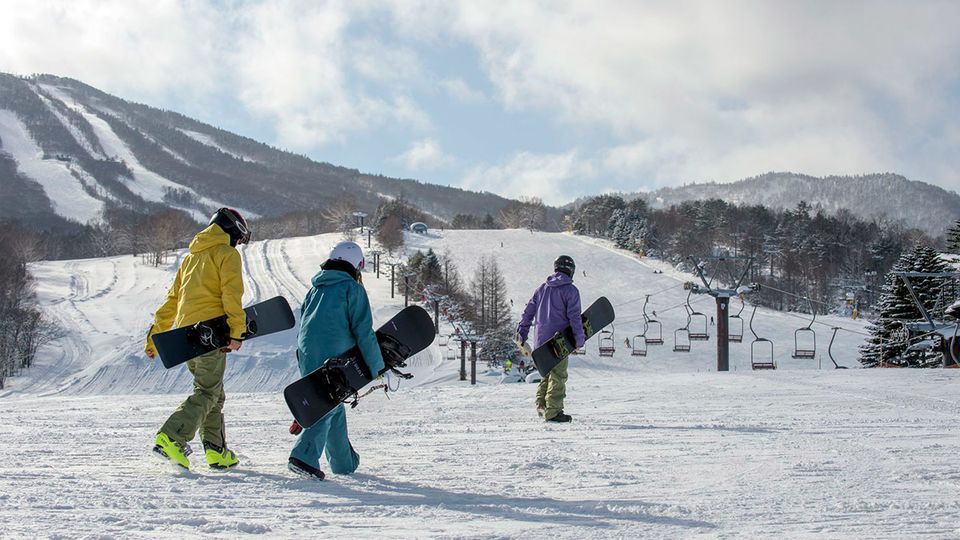
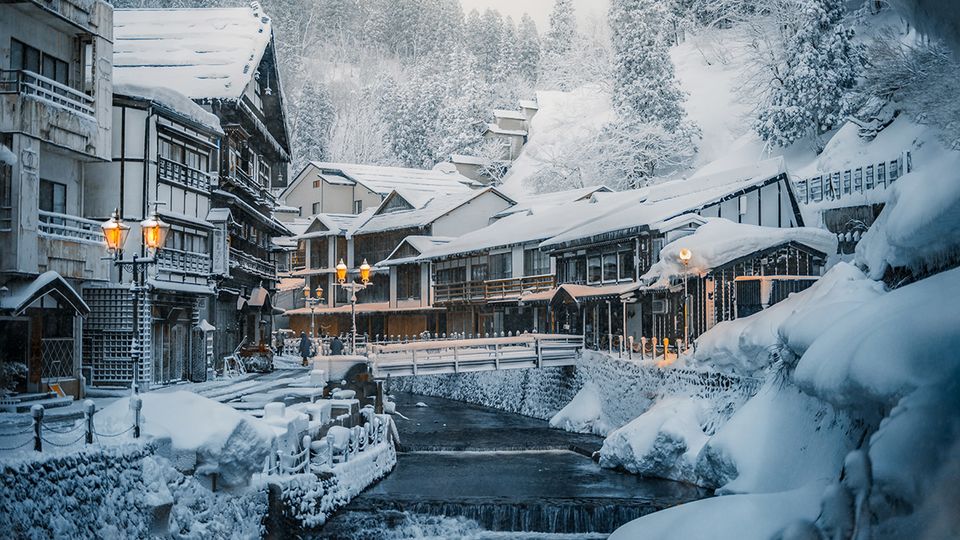
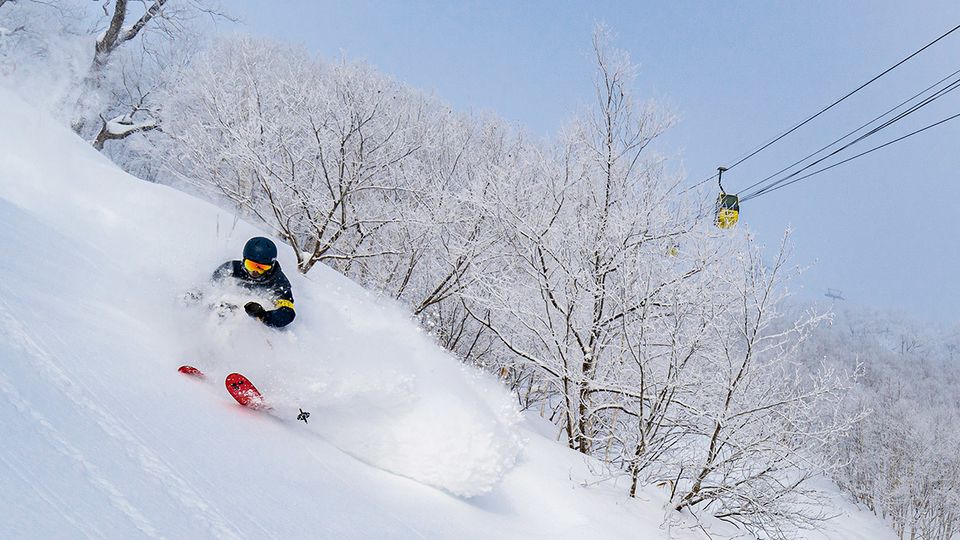
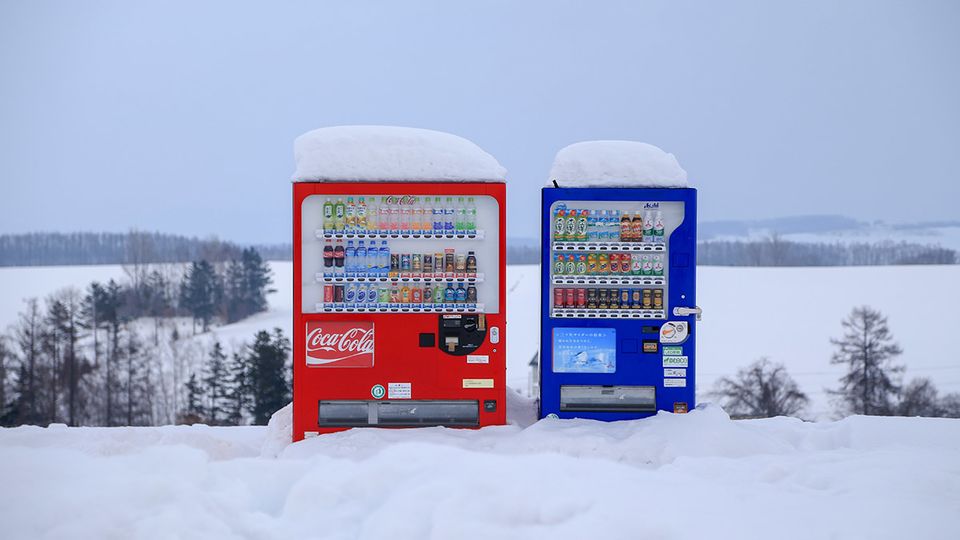
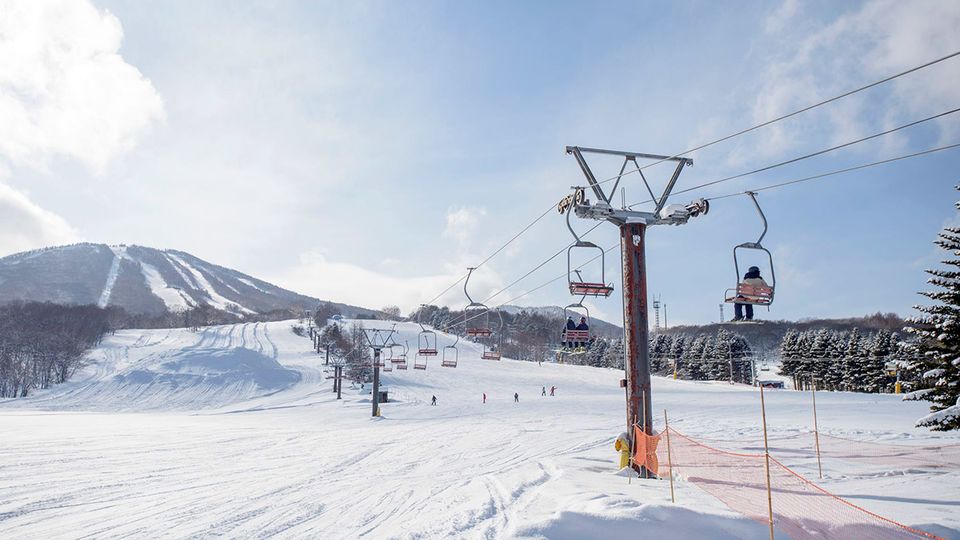
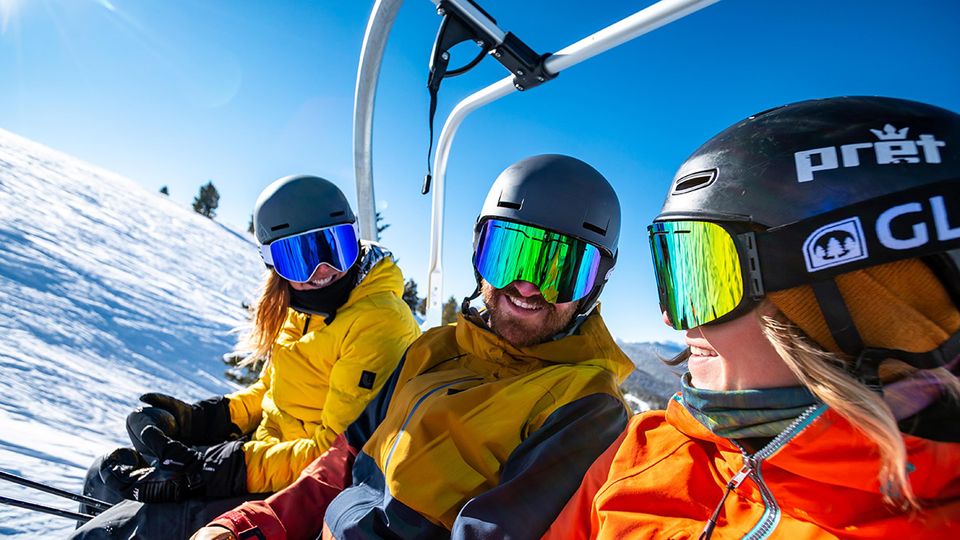
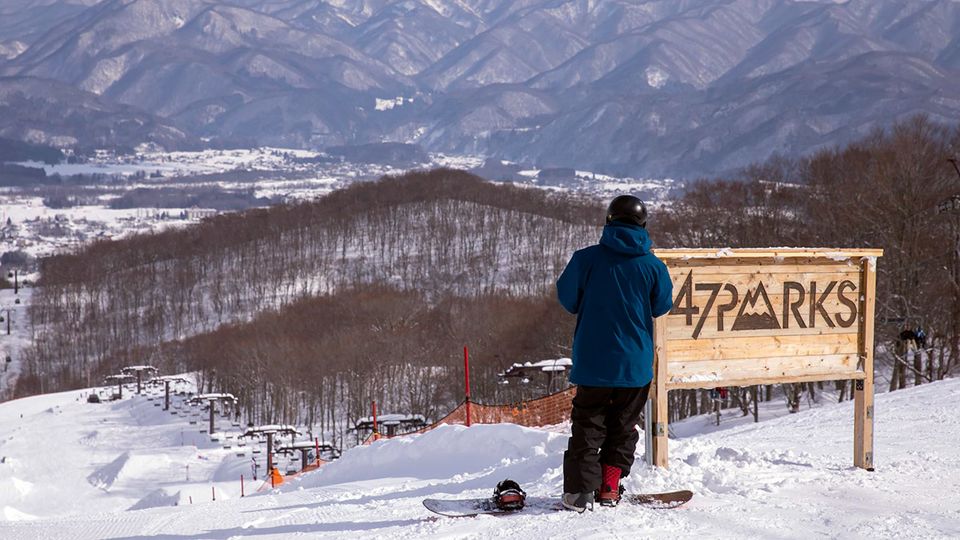
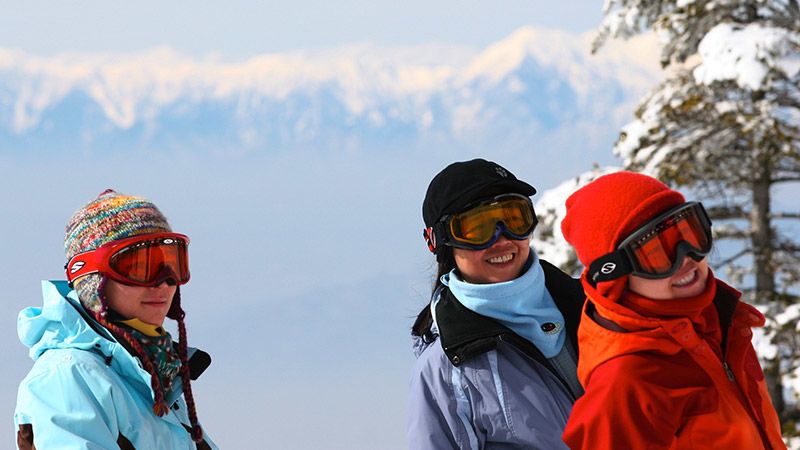
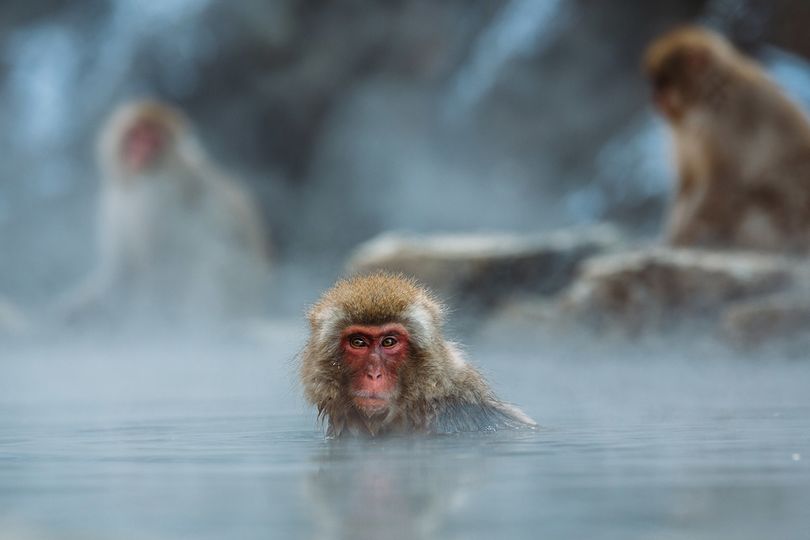
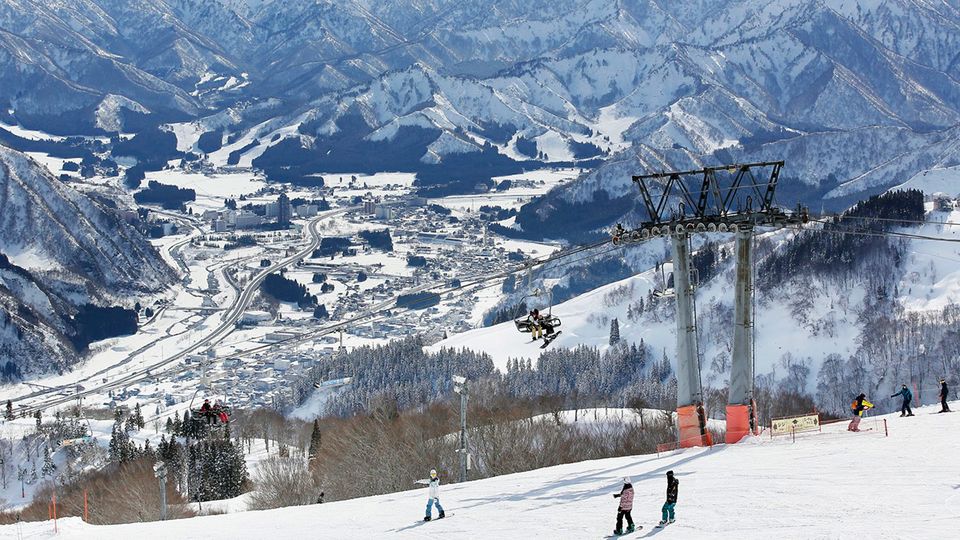
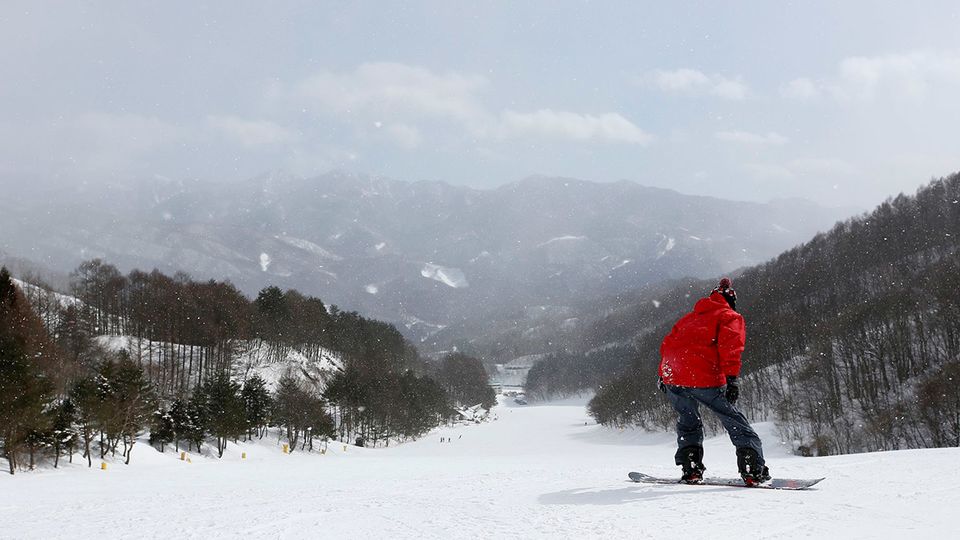
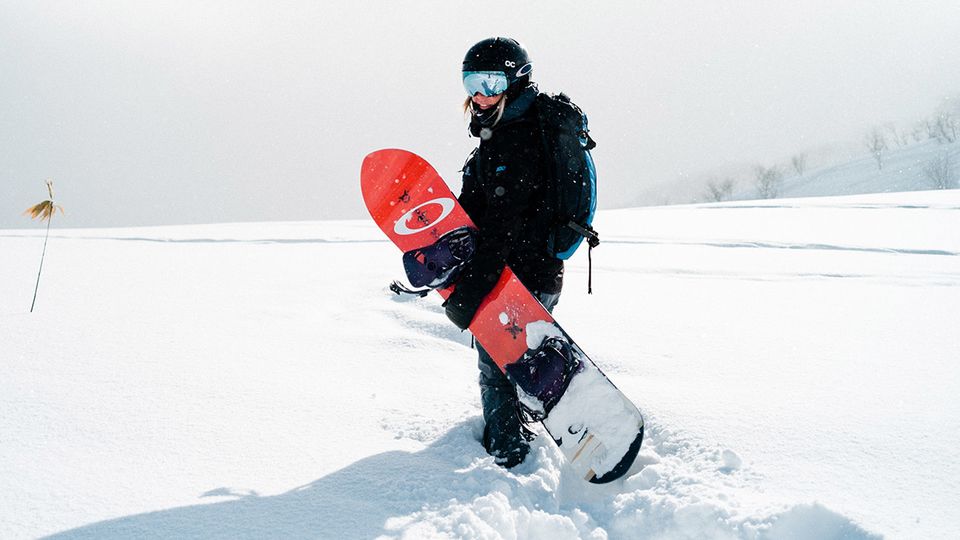
30 Jul 2015
Total posts 135
I want to go to Japan for skiing next year but they need to open up the border to tourists first!
06 Feb 2021
Total posts 59
True, some of us would like to get there before the snow falls, but at the moment, it's still wishing and hoping. (As the song goes. )
13 May 2020
Total posts 827
qantas no longer includes skis in standard economy airfares. Complaints recently of people being charged $300 one way to Canada/USA.
With some new season passes that have just come out in Colorado USA from US$334 (AU$444) that give you access to 3 large resorts Breckenridge, Keystone & Crested Butte & many many accommodation options, that sound way cheaper than Jap, it's a no brainer + easier & cheaper to get to USA resorts.
13 May 2020
Total posts 827
you can now fly to LAX or SFO from BNE, SYD or MEL in January for under $1000 rtn inc 2 checked bags one of which can be a ski/board bag. From there, easy to get to Utah, Colorado or Canada from USD$39/$49/$59 inc 2 checked bags one of which can be ski/board bag.
Hi Guest, join in the discussion on Your essential guide to skiing in Japan